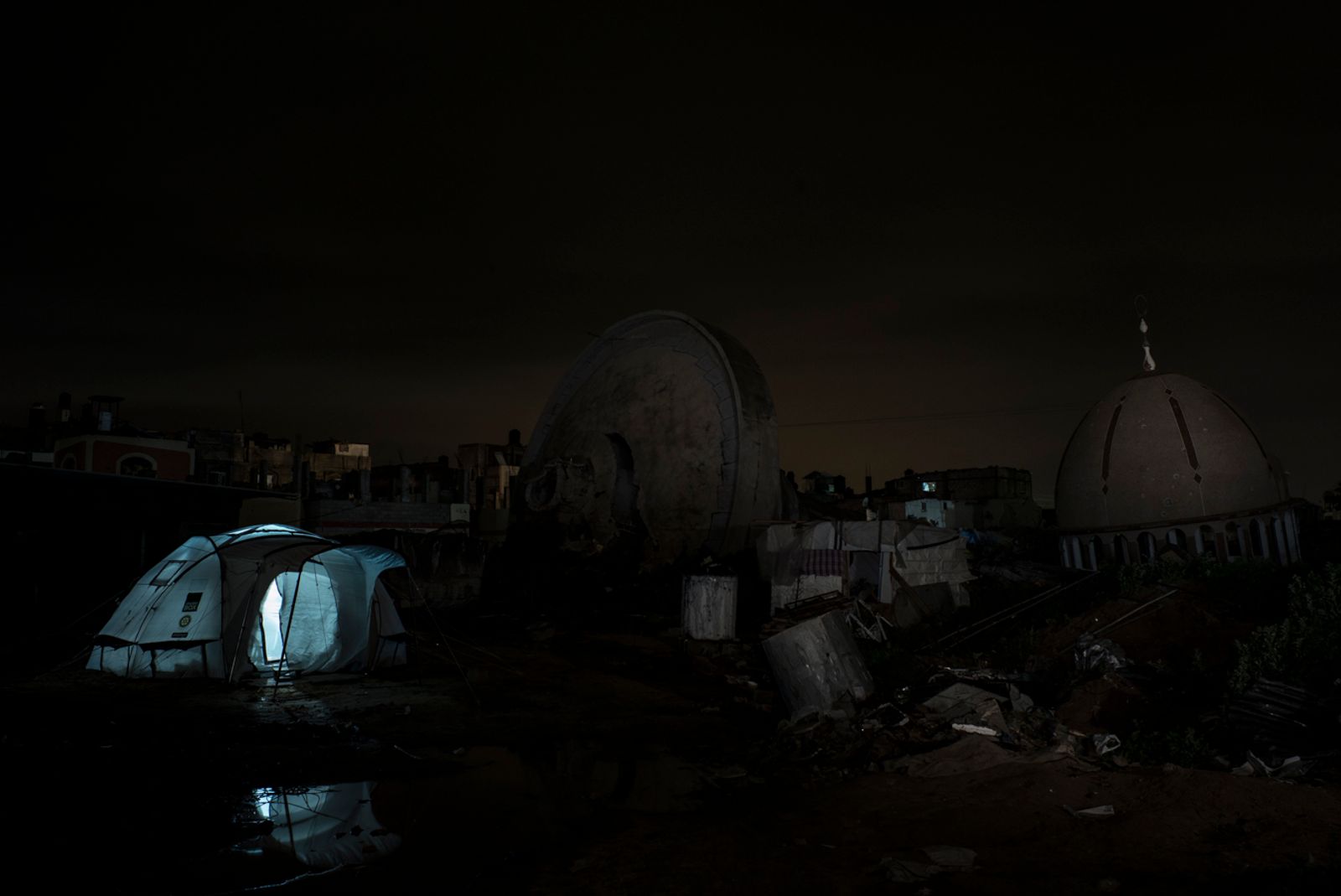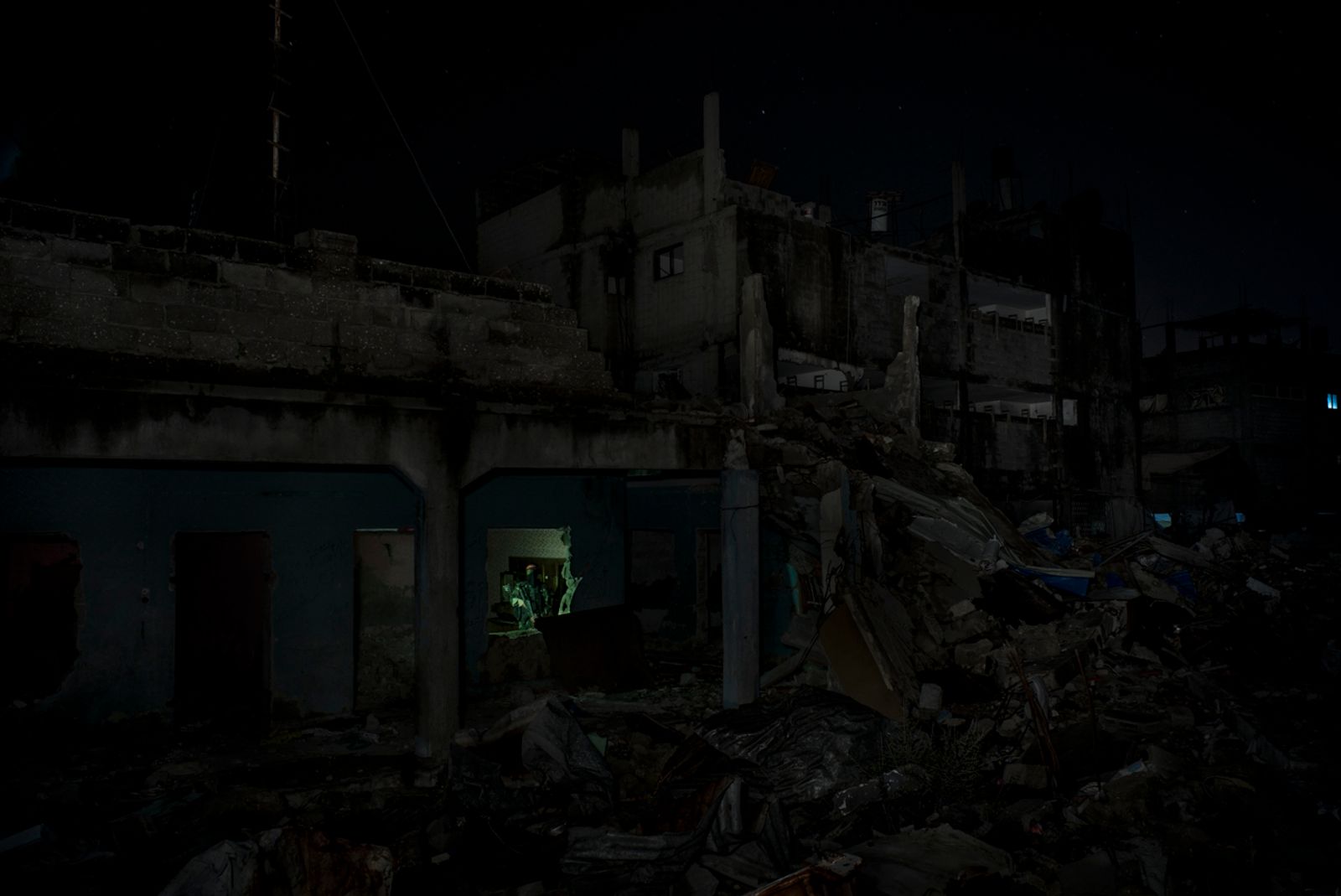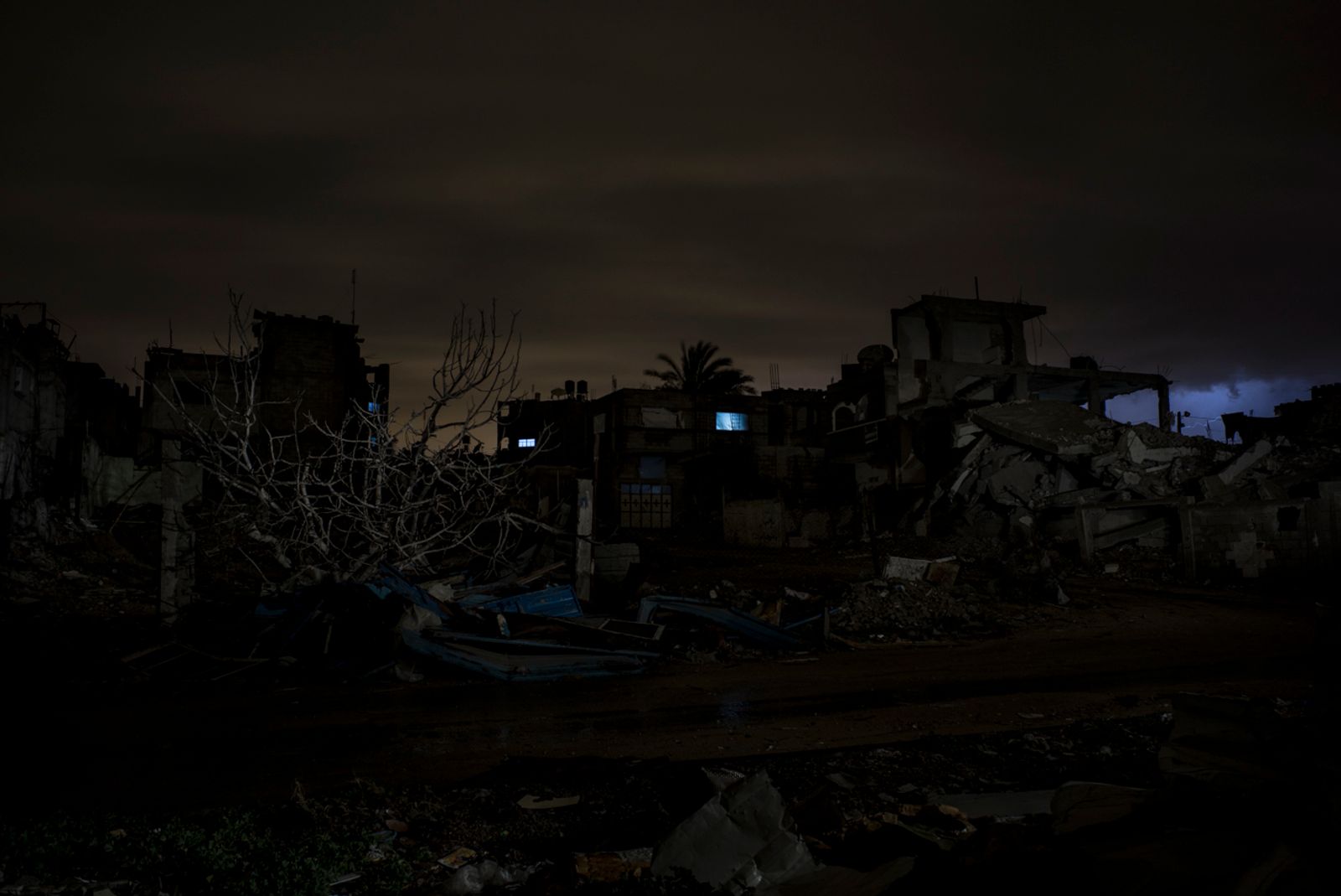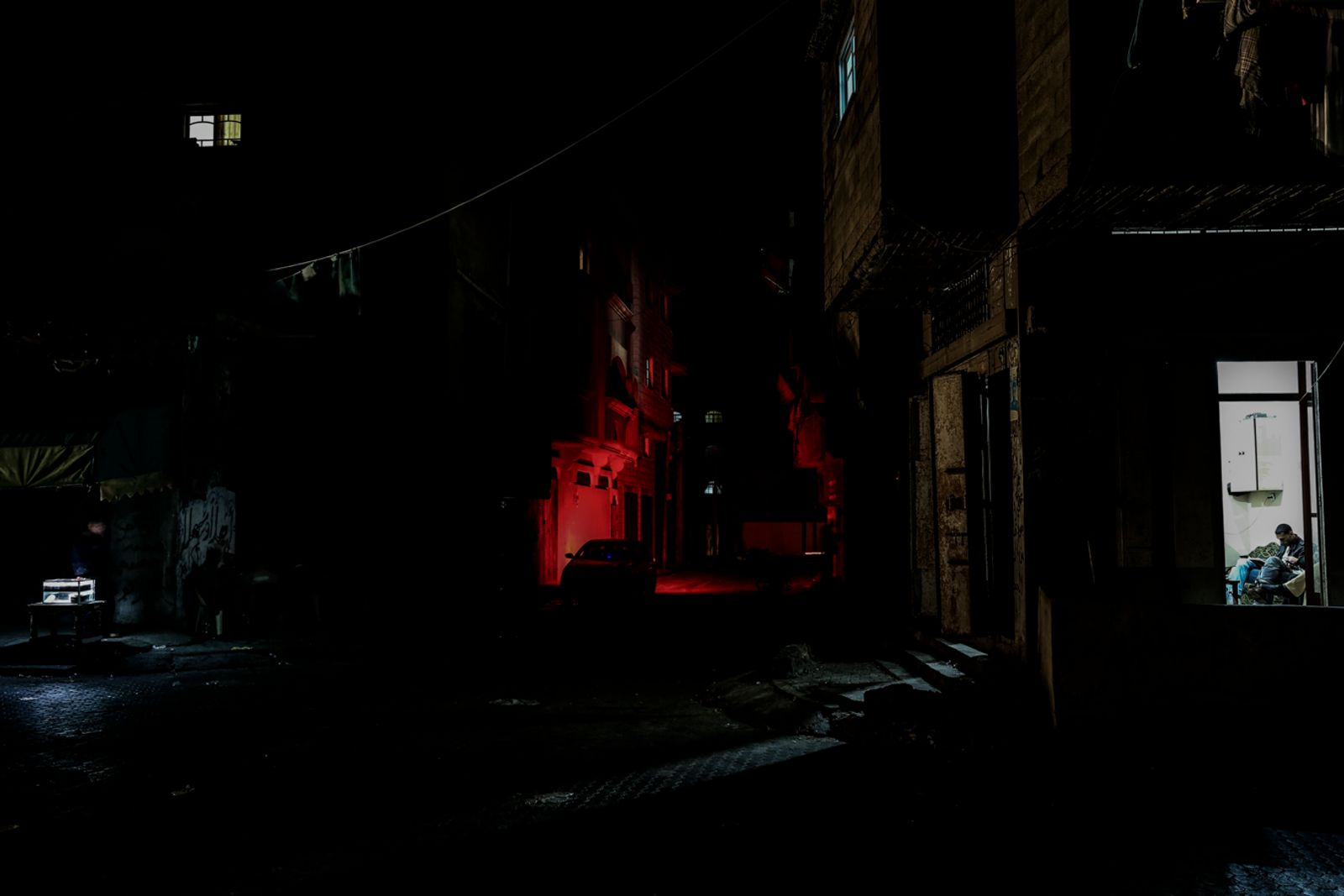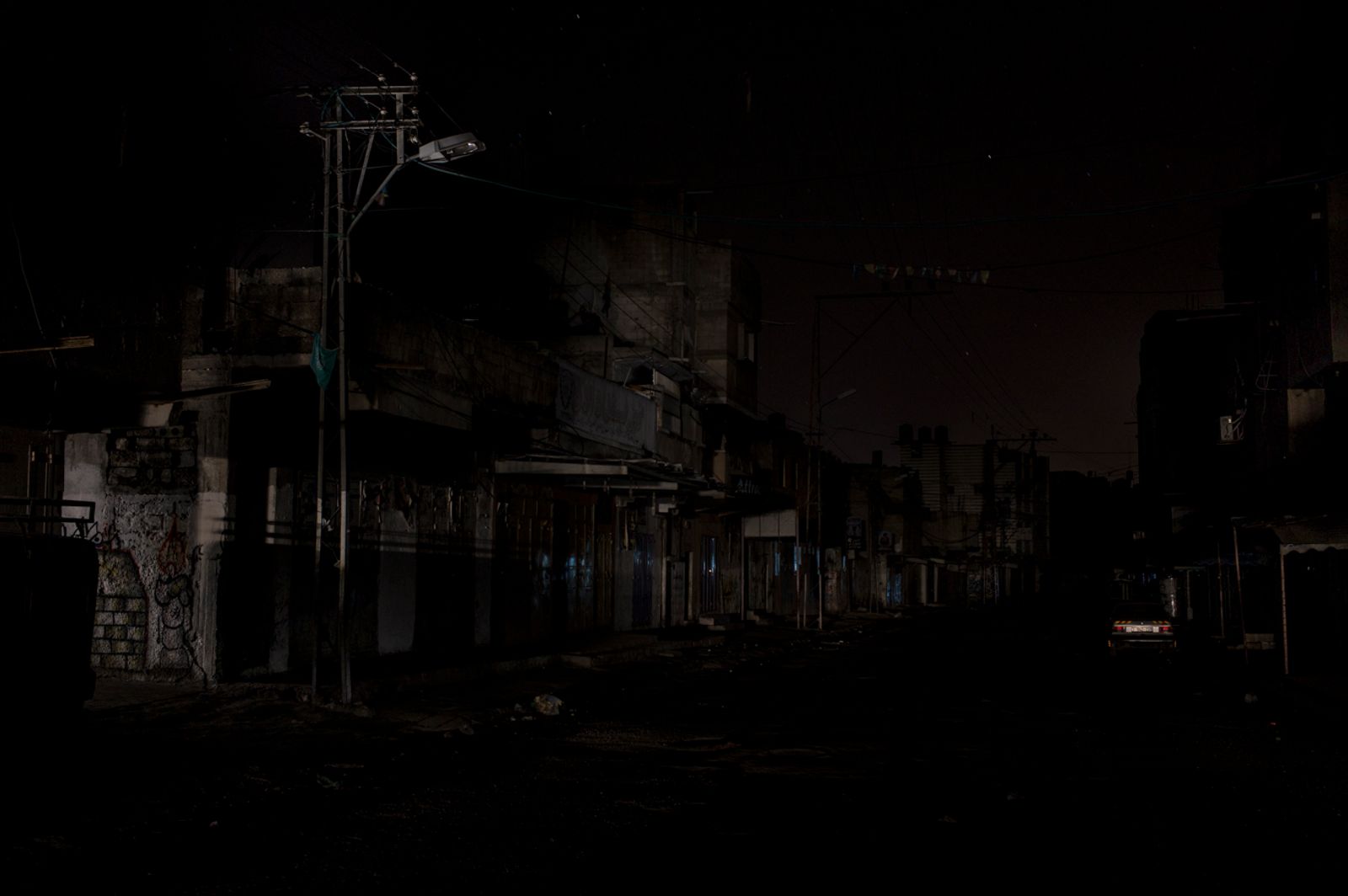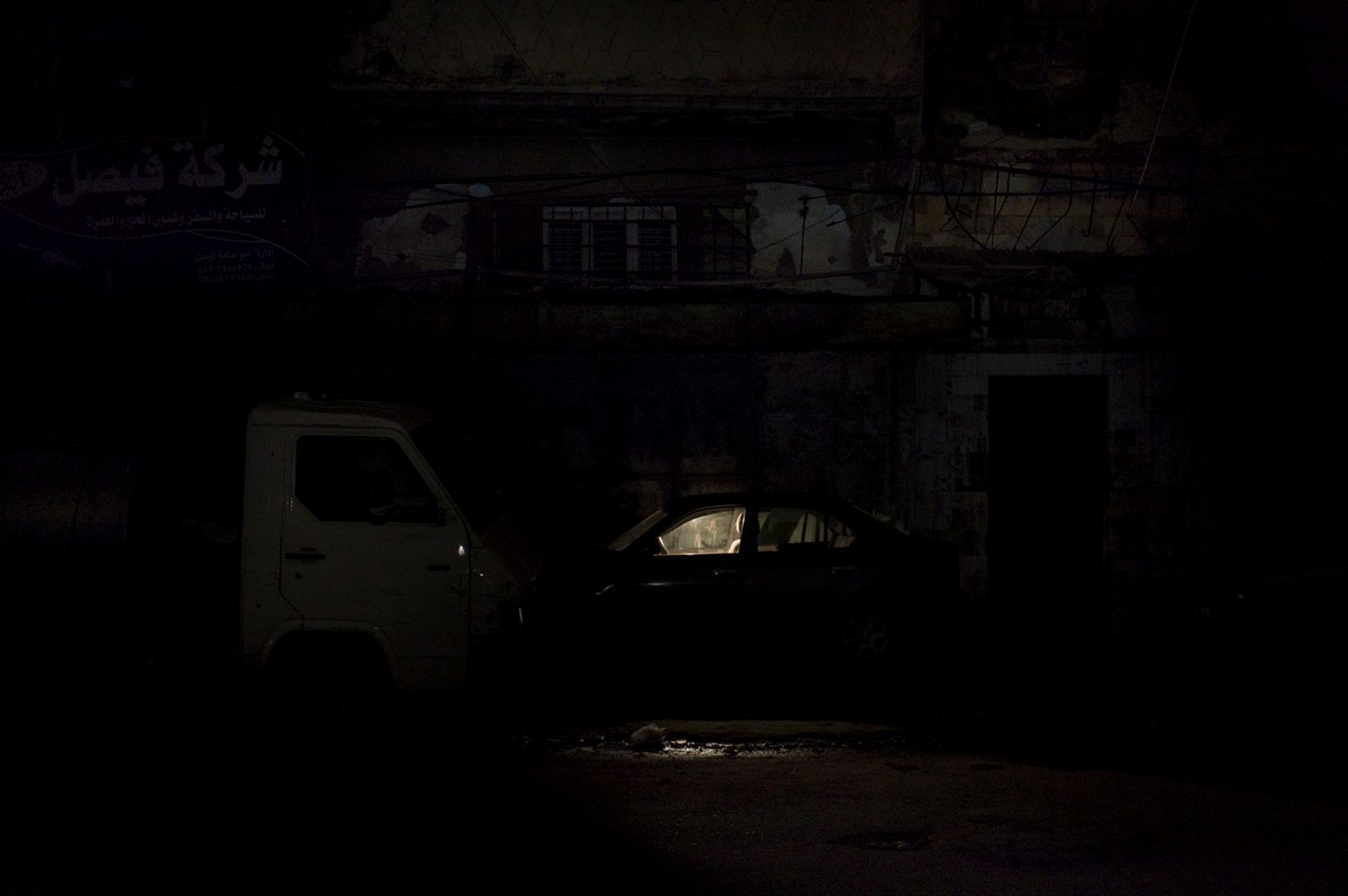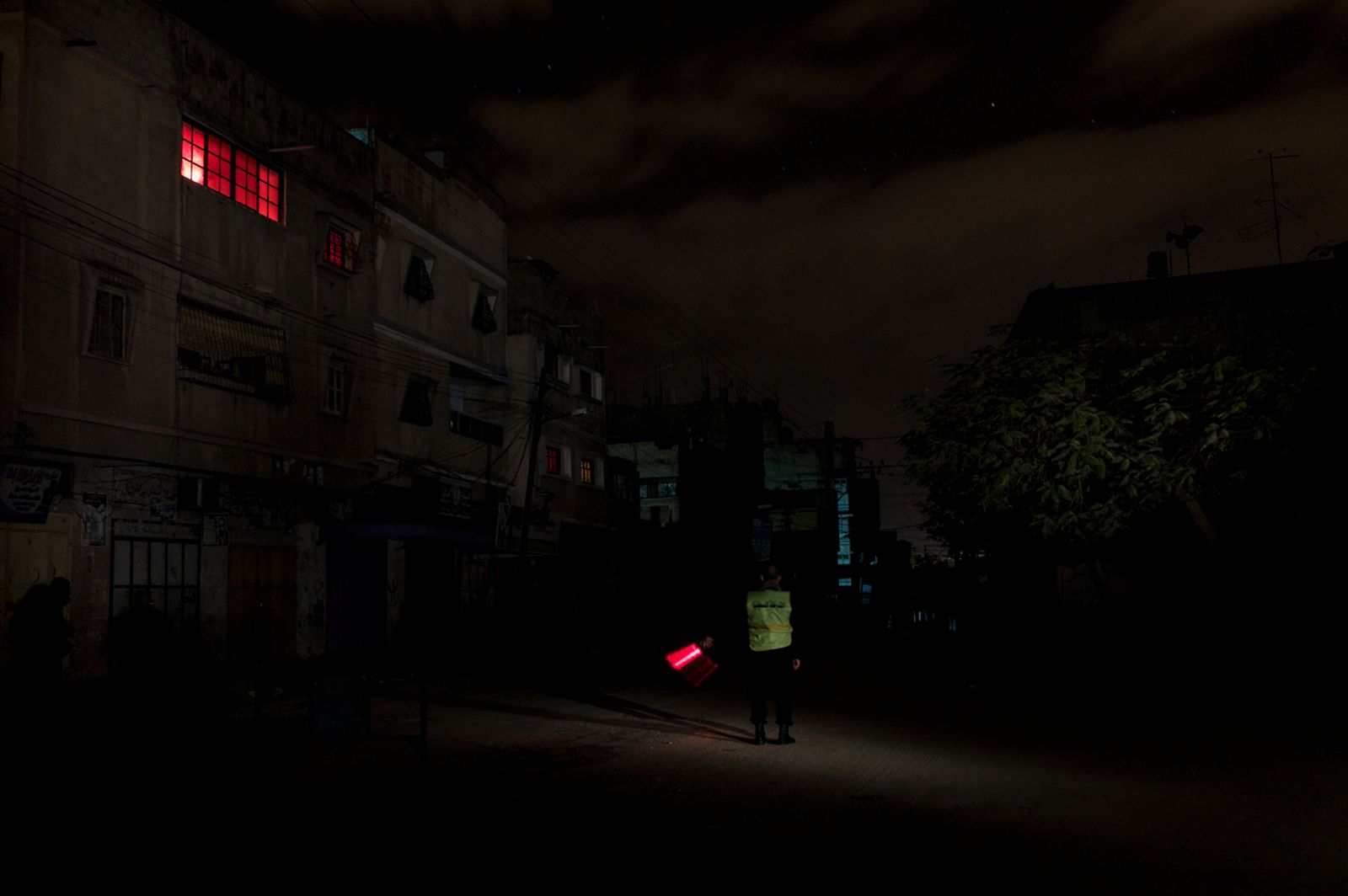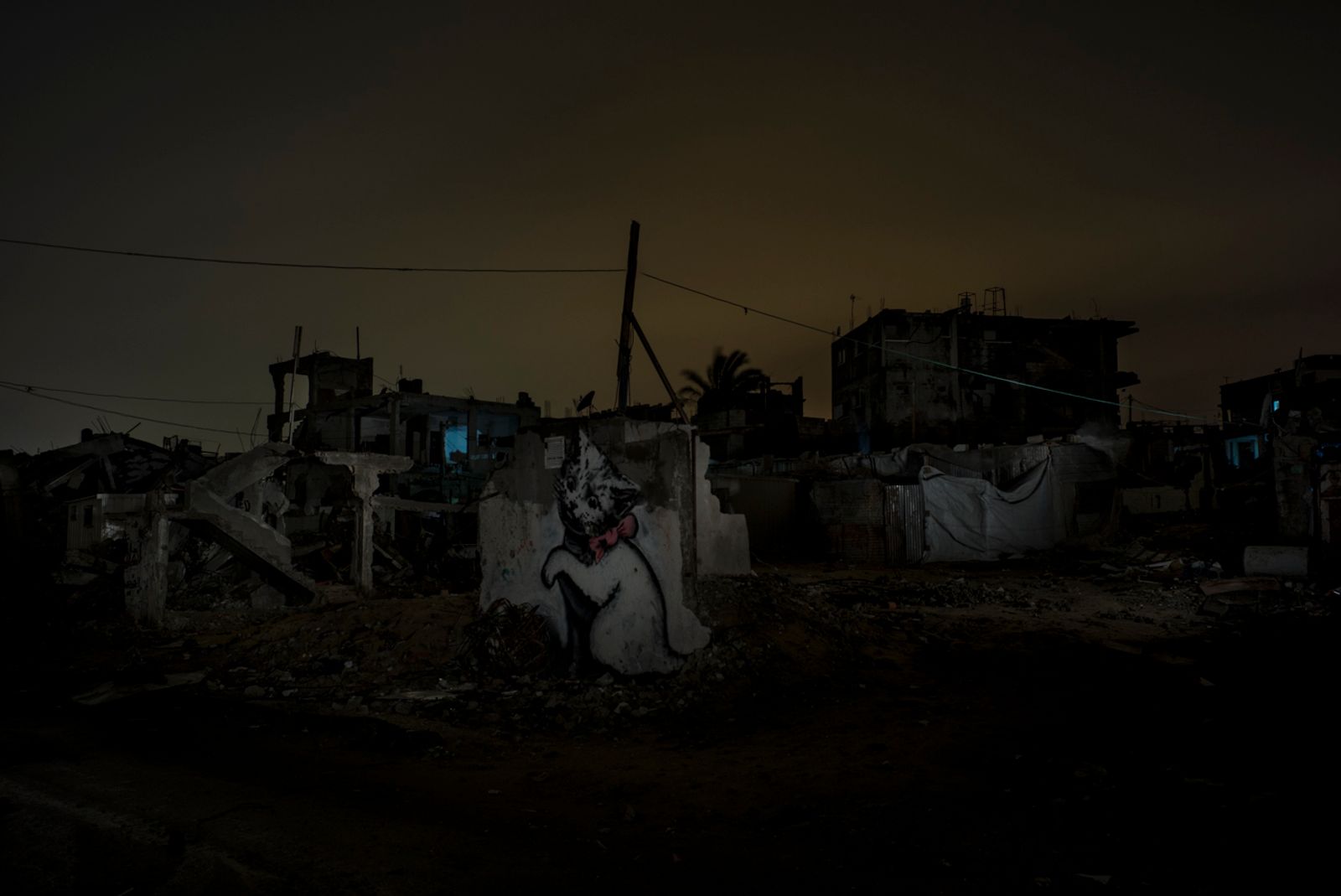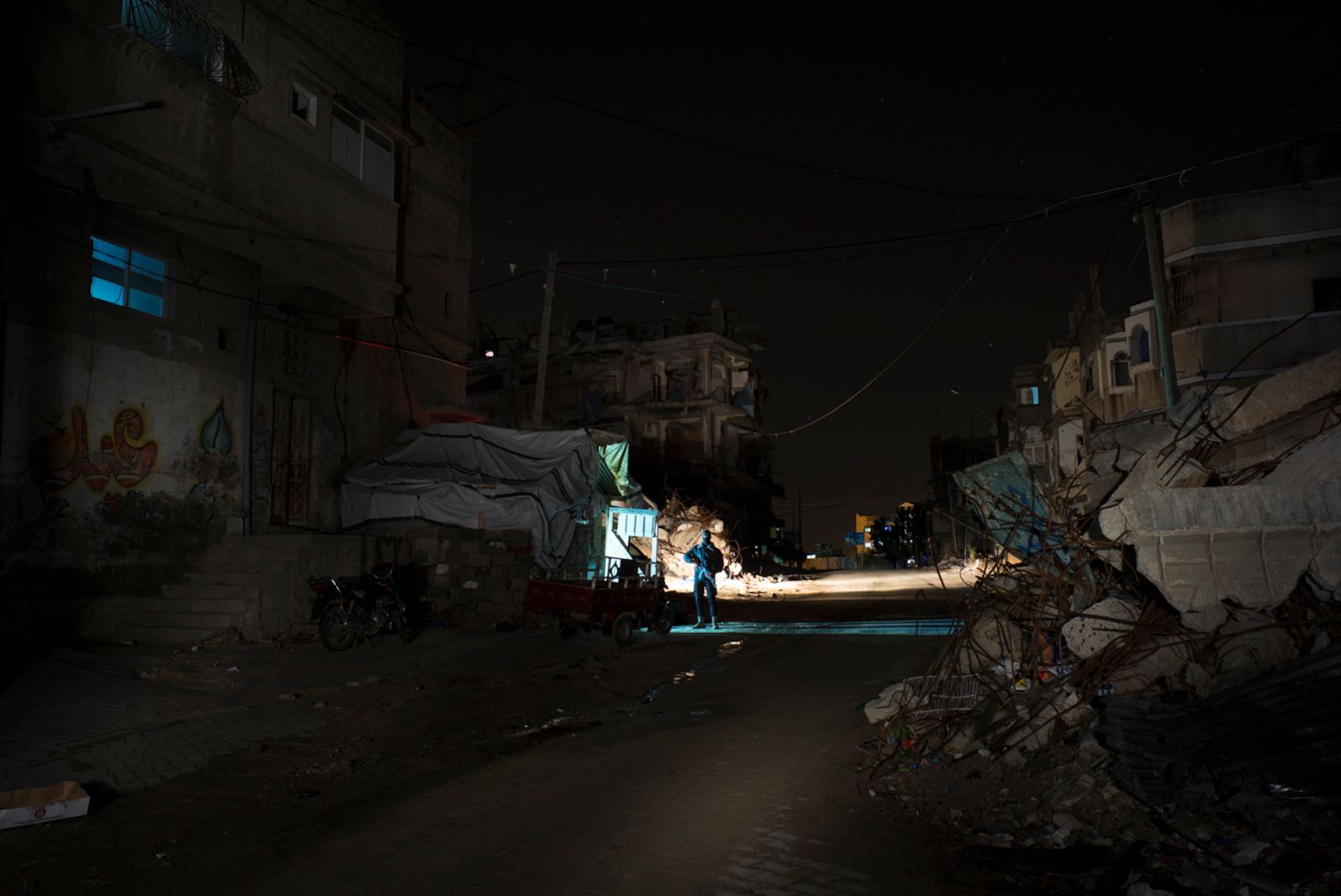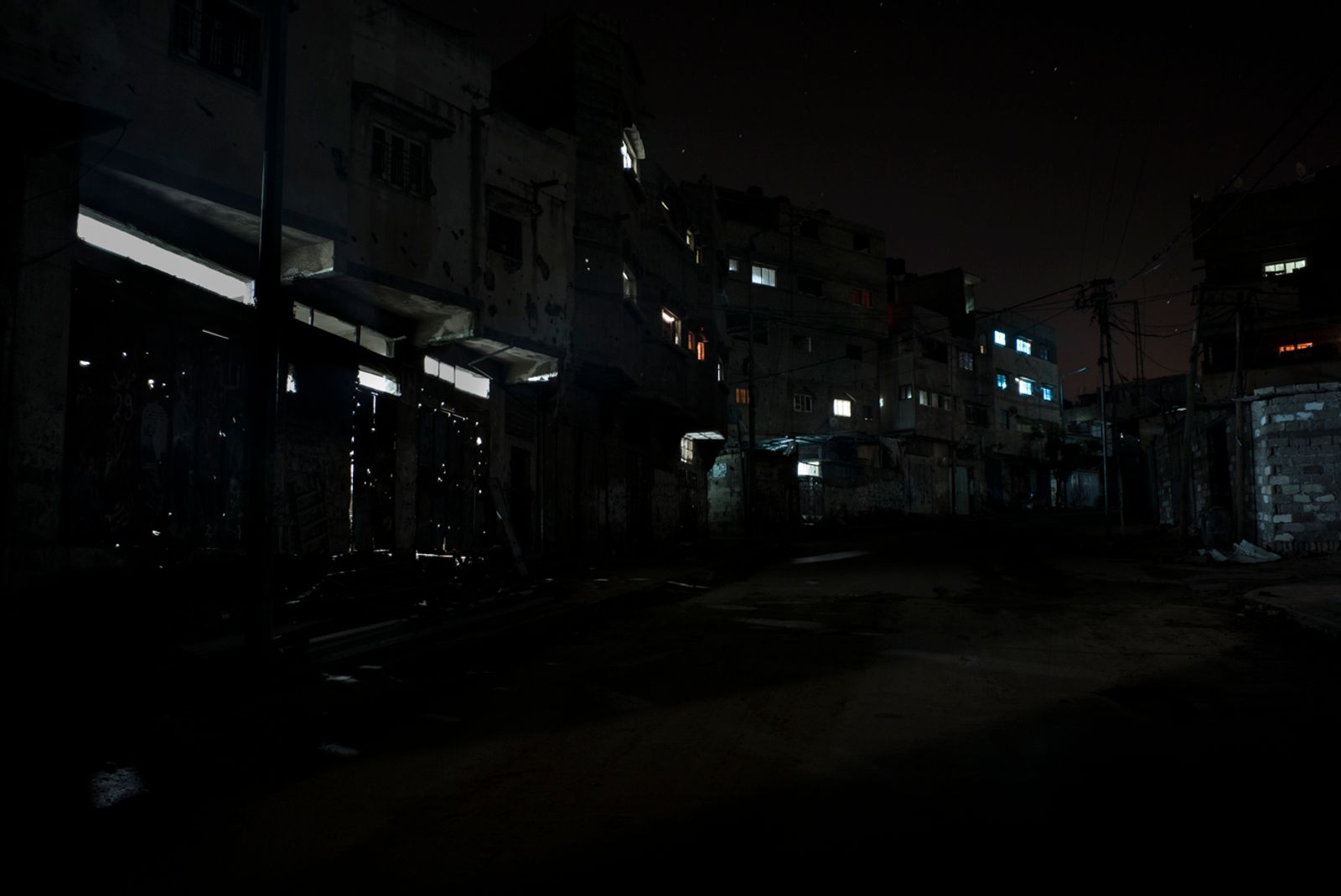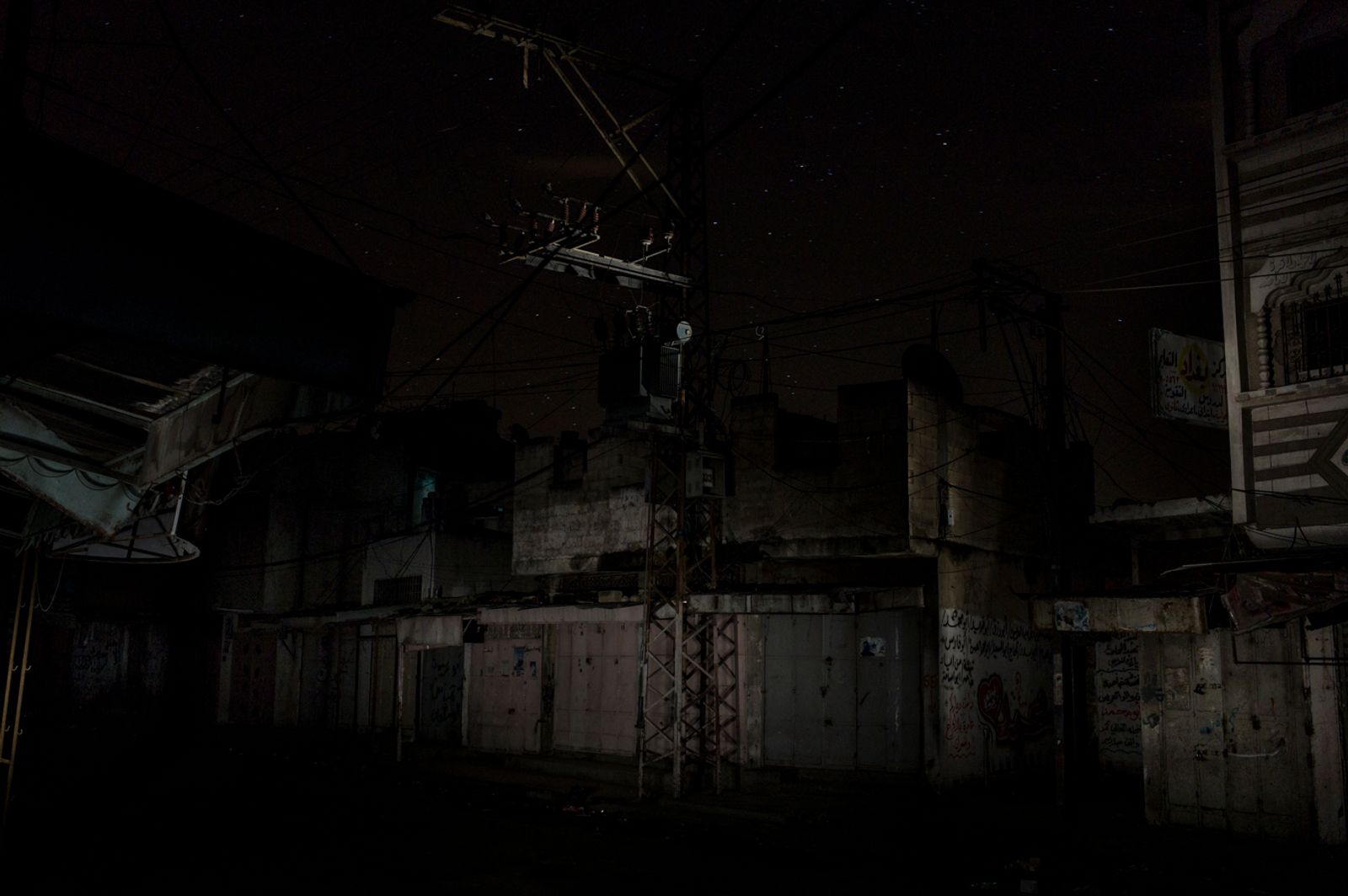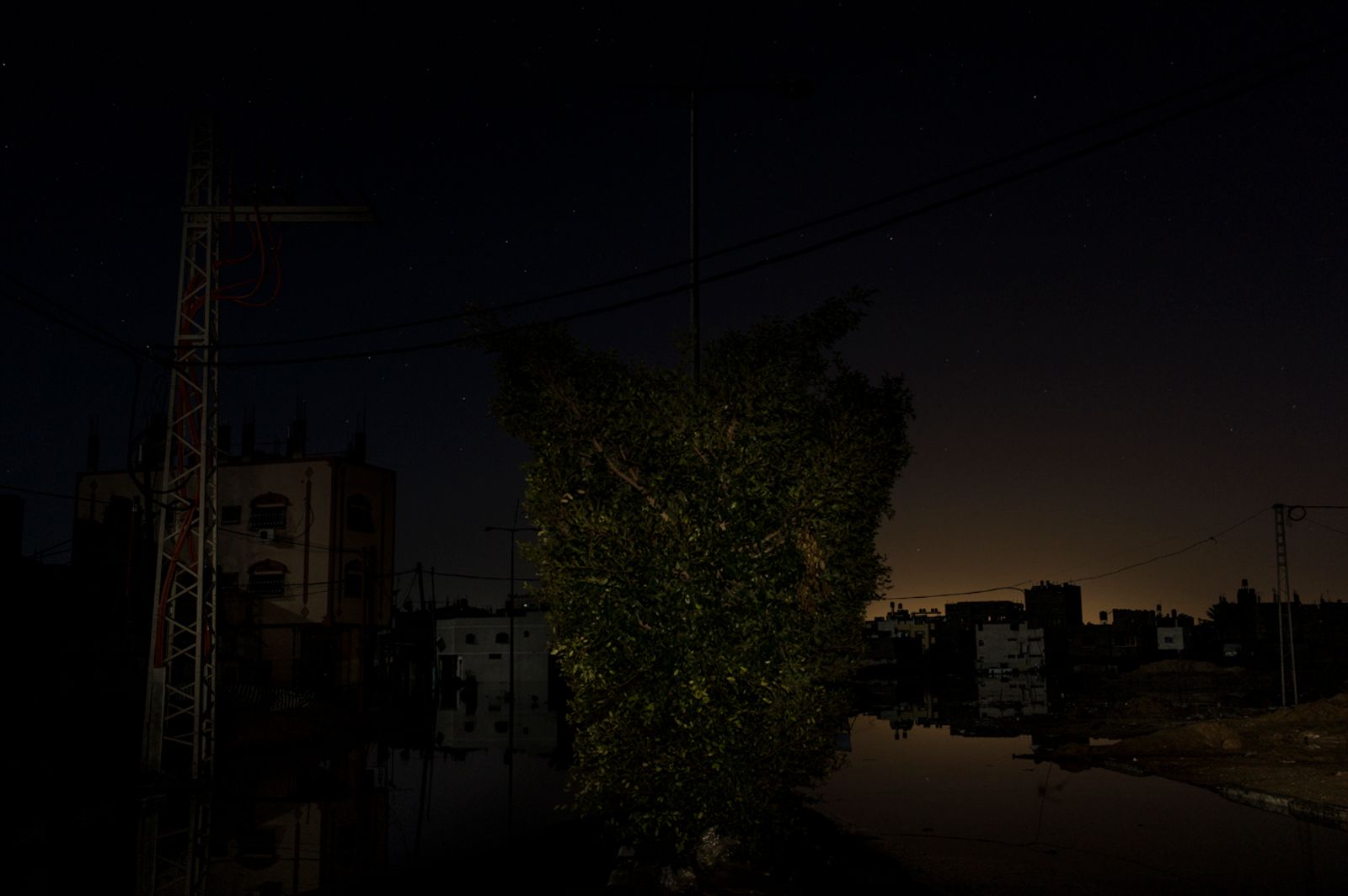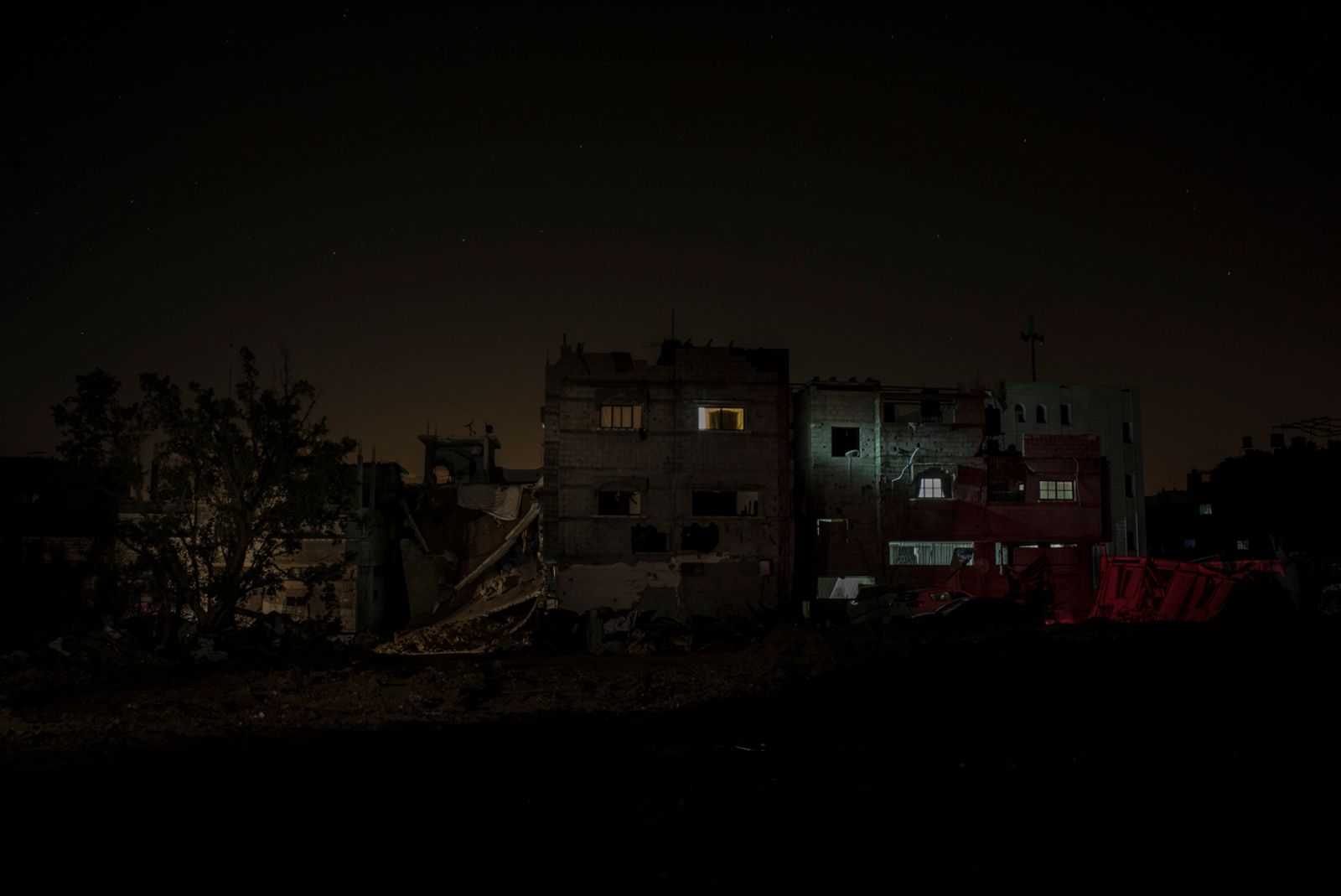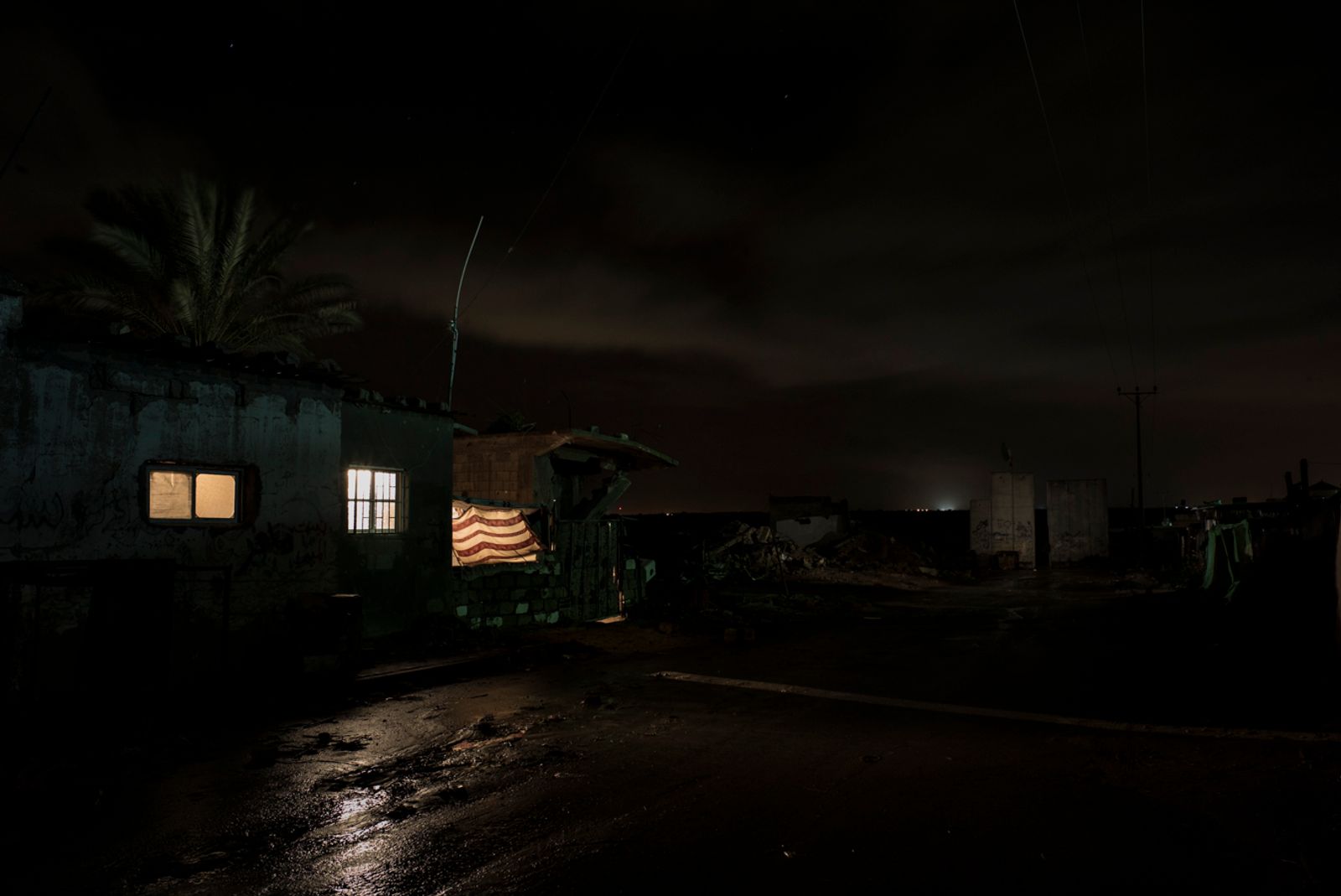Gaza BlackOut
-
Dates2013 - 2015
-
Author
- Location Gaza Strip, Palestinian Territory
-
Recognition
Gaza BlackOut
For the 1.7 million Palestinians living in the Gaza Strip, the basic necessities of daily life are endlessly tied to politics. My work, “Gaza BlackOut”, is just one example of the many violations faced by civilians as a result of many political entanglements.
The Gaza Strip is one of the most densely populated areas on earth: as a recognized territory, second only to Bangladesh, and, in terms of population per square kilometers, it most closely mirrors the composition of the city of Chicago. I couldn’t imagine that full, populated, urban neighborhoods, could be forced to live in the dark.
My aim was to show this normalized discomfort in its purest form, but I faced the challenge of capturing this reality as a photographer in the dark. I used the technique of light painting, just to give the shape of the city amidst the complete darkness, but also enough to show that these are not ghost towns -- these are populated urban areas that are fully alive.
Gaza’s fuel supply is dependent on sales from Egypt, Israel, and the rival Palestinian Authority of the West Bank. When I was working in the Strip at the end of 2013, a collision of these political forces resulted in the overflow of raw sewage, unprecedented flooding from winter storms, and over 21-hour long blackouts of electricity. For Gazan civilians, this period represented one of the worst moments of the siege since it began in 2007. Some areas had no electricity at all. These are more pictures from this particular moment in the long, bizarre story of the Israeli siege of Gaza.
“Gaza Black Out” represents a moment of aggravation of that daily life problem when actually the fuel shortages and blackouts continue today. I first came to Gaza in 2012 during the operation "Pillar of Defense”, I continued to work into the strip untilI was covering the operation “Protective Edge”. It was one of the toughest war inside the strip since the second Intifada. Even during the operation “Cast Lead” were not counted 2200 victims.
In 2014, during the last war, the electric plant was bombed and destroyed. Now the energy situation in Gaza is even worse then ever. Shortage of fuel is now added to a total disaster of the territory. UN says that in 2020 all the fresh water into the ground will be irreversibly contaminated, but already there is not fresh water at all in Gaza, since long time.
From my time in Gaza — from the denial of rights, the drone strikes, the blackouts, the unsanitary water, the sewage from their taps, the flooding — I witnessed how, if you are not on the right side of politics, no one will help you.
Into the strip, civilian and fighters are so tight together that to attack Gaza it’s mean to attack families.
It’s disarming to realize how a society can be pushed to the limit of struggle for existence.
